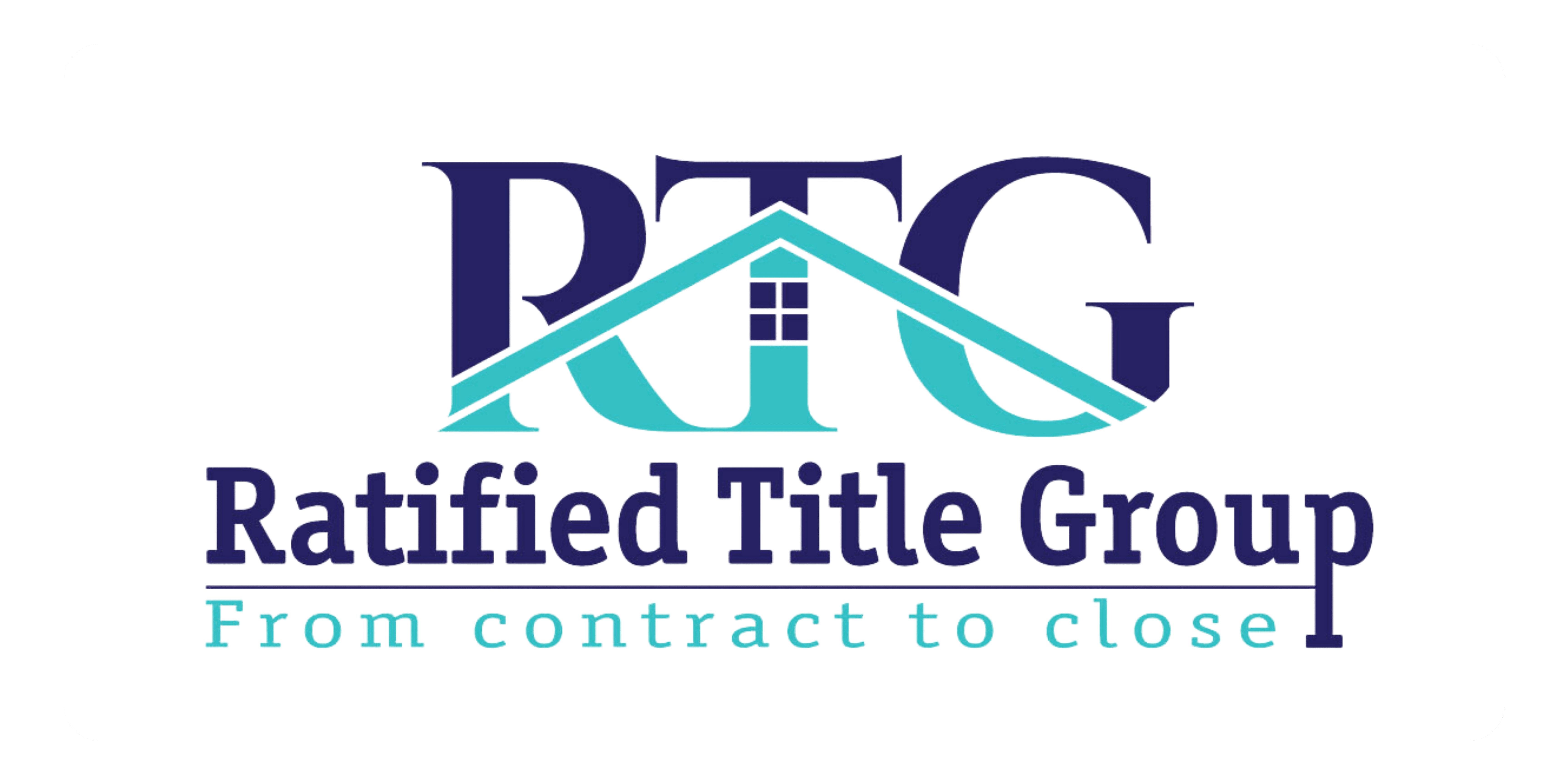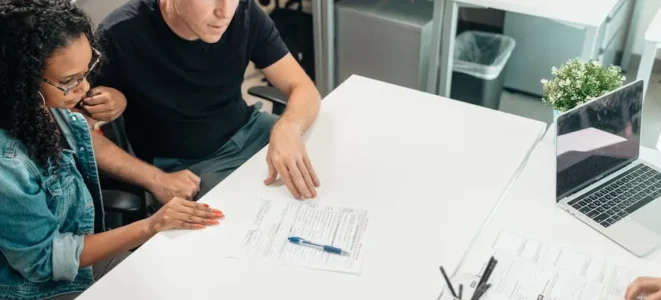Navigating the world of real estate closings can be overwhelming, especially when it comes to understanding what documents you need. This straightforward guide will walk you through the essential paperwork required at closing, ensuring you feel prepared and confident. Let’s break down the key documents you will encounter.
Step 1: Purchase Agreement
This is your primary contract that outlines the terms of the sale. It’s crucial for detailing the price and conditions agreed upon by both parties.
The purchase agreement serves as the foundation of your transaction. You should review it carefully to ensure all terms align with your understanding before signing.
Don’t hesitate to ask your agent questions about any confusing sections. Clarifying these details now can save you potential disputes later on.
Step 2: Title Insurance Documents
Title insurance protects you against any potential claims against the title of your property. Ensure you have the binder and other necessary documents.
This insurance is essential for safeguarding your ownership rights. The title search ensures that there are no legal issues concerning previous ownership.
You may also want to familiarize yourself with the scope of coverage it provides, assuring you of its importance in protecting your investment.
Step 3: Loan Documentation
If you’re financing your purchase, you’ll need to provide your loan estimate and any other relevant loan documents from your lender.
This documentation details the specifics of your loan, including interest rates, repayment terms, and associated fees.
It’s wise to double-check that all information aligns with your expectations, as discrepancies can lead to delays.
Step 4: Closing Disclosure
This document outlines the final terms of your loan, including details on your monthly payments and closing costs. Review it carefully before closing.
The Closing Disclosure must be provided to you at least three days before your closing appointment, giving you time to understand all fees associated with your closing.
Pay special attention to any changes from the initial loan estimate. If anything seems off, contact your lender for clarification.
Step 5: Identification
Bring a government-issued ID, such as a driver’s license or passport. This is necessary for verifying your identity during the closing.
In some cases, you may also need to provide additional documentation to confirm your identity and residency.
Check with your closing agent for any specific ID requirements to avoid unexpected surprises on the day of the closing.
Step 6: Proof of Homeowner’s Insurance
Ensure you have evidence of your homeowner’s insurance policy, which is usually a requirement from lenders.
Your insurance policy not only protects your property but also demonstrates to your lender that you’re committed to protecting their investment.
Make sure the insurance coverage meets your lender’s minimum requirements. It’s a good idea to shop around for the best policy that fits your needs.
Step 7: Other Relevant Documents
Depending on your specific situation, you may need additional documents such as a property survey, inspection reports, or HOA documents.
These documents help provide a comprehensive overview of the property and ensure that everything from property boundaries to compliance with regulations is documented.
It’s always better to be over-prepared than underprepared, so gather any relevant files before the closing date. This can help expedite the process and ensure a smooth closing experience.
Wrapping Up Your Real Estate Closing
By gathering these documents ahead of time, you’ll make your real estate closing much smoother and less stressful. If you have any lingering questions or need clarification on any specific document, don’t hesitate to reach out to your real estate agent or attorney for guidance.



